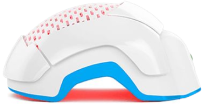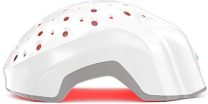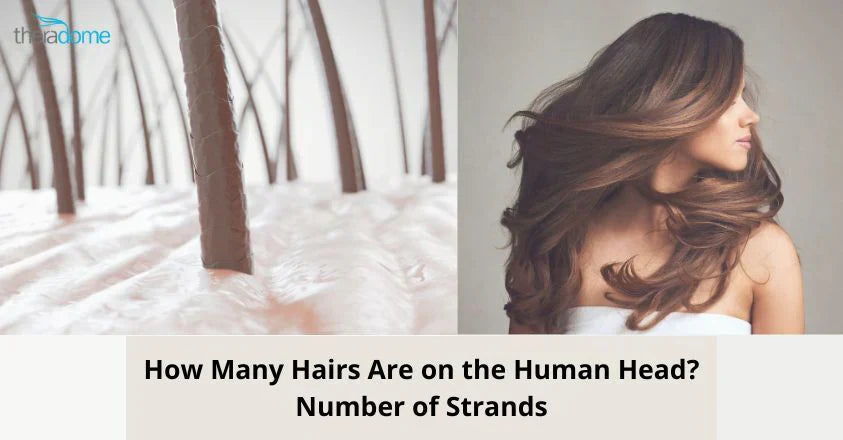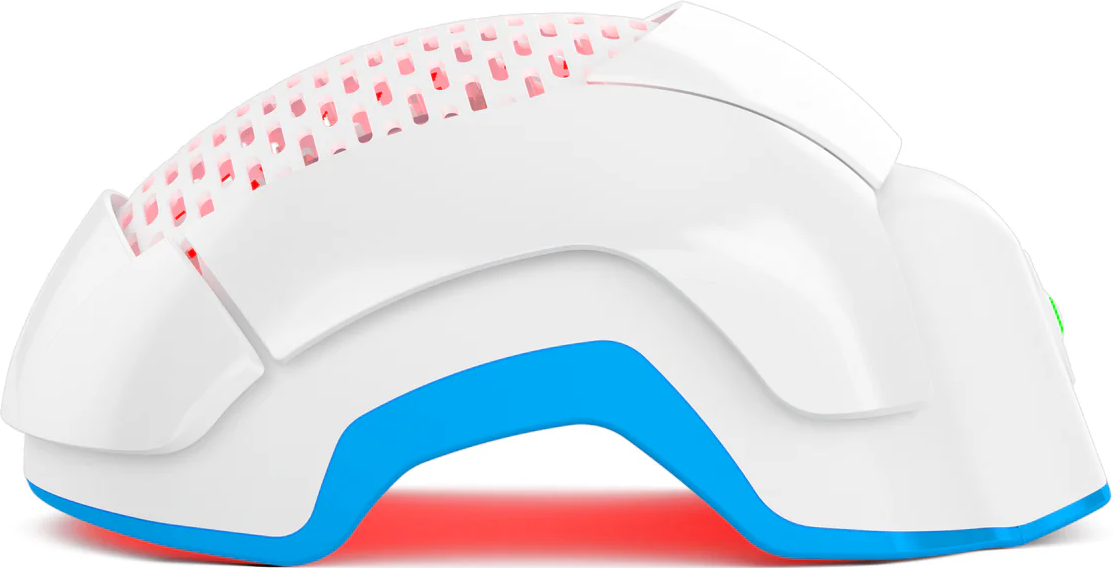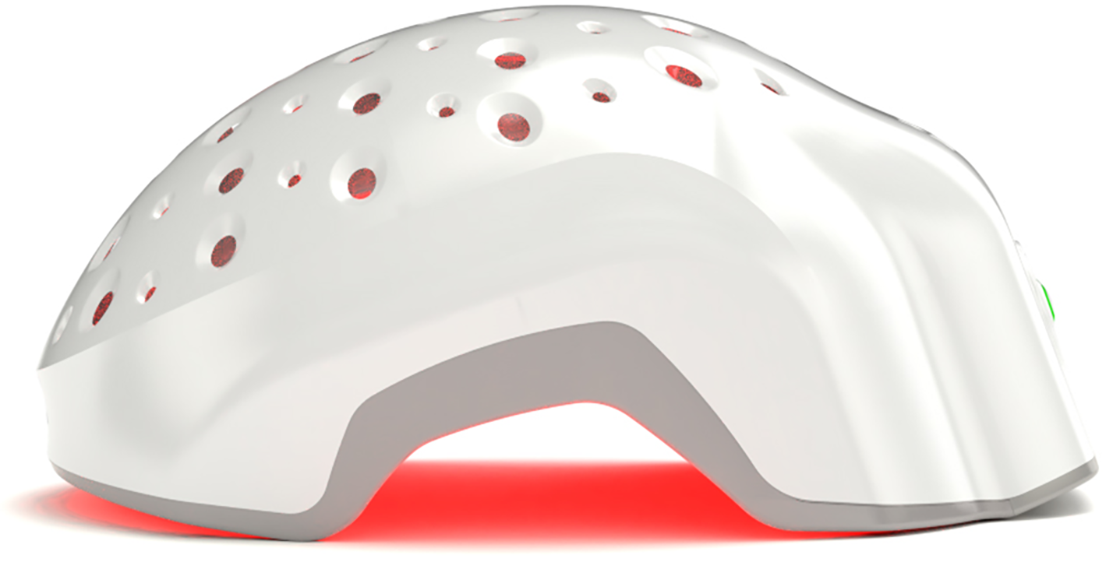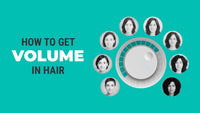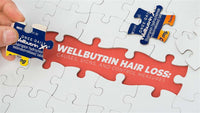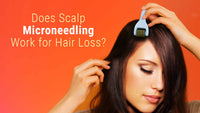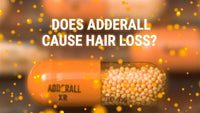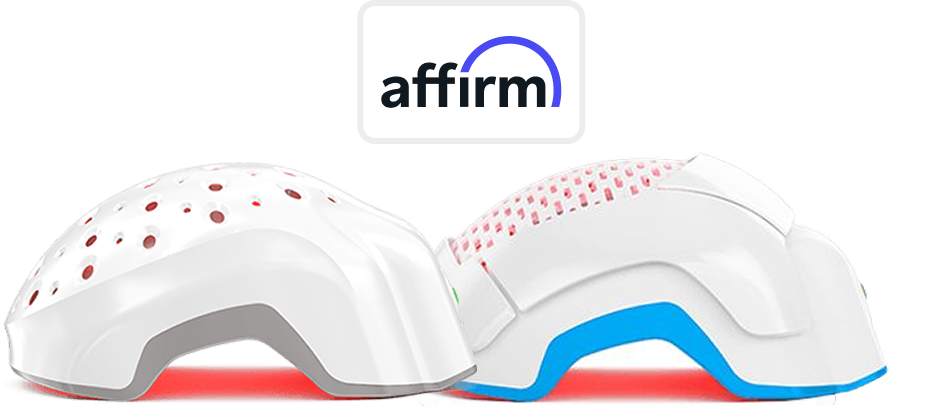Let’s settle this once and for all: how many human hairs are on your head? No, it’s not a set number — and no, your shower drain isn’t proof you’re going bald (yet). The average scalp carries anywhere from 80,000 to 150,000 strands, depending on your genetics, hair color, follicle density, and other delightful biological quirks you didn’t exactly sign up for. The real kicker? Two people with the exact same number of follicles can look wildly different in volume — blame hair texture, thickness, and growth cycles.
And yes, how many hairs on your head you start with is determined before you’re even born — long before any shampoo ad ever tried to sell you a miracle. So if you’ve ever wondered why your friend’s mop looks fuller while yours needs constant coaxing, it’s probably not your styling routine. It’s math, melanin, and miniaturization.
Average Number of Hair Strands on the Human Head
If you’re expecting a clean-cut number, you’ll be disappointed. The average number of hairs on the human head ranges anywhere from 80,000 to 150,000 strands — which is a polite way of saying “depends who you ask and where they’re balding.” The number fluctuates based on natural hair color, genetics, and how thick or fine your strands are. For a head full of fine strands, there’s more follicles. Coarser hair? Fewer follicles, but more scalp coverage per strand.
This isn’t lab math — nobody’s counting strand by strand. These figures come from follicular density estimates based on scalp mapping. Still, the range gives you a working idea of just how much hair is hanging out on your head — and how much you’re allowed to shed without spiraling.
Hair Density by Hair Color
Yes, your natural hair color actually says something about how follicle-rich your scalp is. Blondes tend to have the most strands — around 150,000. Brown hair clocks in at 110,000, black hair slightly behind at 100,000, and redheads, although they win at pigment uniqueness, bring up the rear with around 80,000 strands. But here’s the plot twist: redheads also tend to have the thickest strands, which makes up for the lower follicle count.
So if your lighter-haired friend always seems like they have more hair, they probably do — but it’s not necessarily stronger or thicker. It's just volume by numbers.
How Many Hairs Per Square Inch of the Head?
On average, the human scalp boasts 800 to 1,300 hairs per square inch — that’s roughly 120 to 200 hairs per square centimeter. This hair density isn’t evenly spread either. Some spots thin faster, and others stubbornly hold on no matter what. If you’ve been eyeing your hairline under harsh bathroom lighting, it’s not about how many hairs you have — it’s how tightly packed they still are.
Factors That Influence Hair Count
Hair strand count isn’t a free-for-all. It’s dictated by a combo of things — some you’re born with, others you influence along the way. Here's what drives your follicular math:
1. Genetics
The number of hair follicles on the human head is determined before you’re even born — around week 22 of fetal development. You get what you get, and no new follicles appear after that. Your gene pool dictates how many you start with, how they’re distributed, and how long they stay productive.
Even if you treat your hair like royalty, genetics will still call the shots on when shedding starts, how thick strands grow, and where those follicles thin out first. In short: you inherit more than your dad’s eyes or your mom’s chin — your scalp map is in the mix too.
2. Hair Type and Thickness
If your hair is baby-fine, you likely have more strands covering your head. That’s because thinner hair takes up less space than thicker hair, leaving more room for follicles to coexist. Thicker strands have fewer follicles, but more coverage.
Sometimes it’s not about how much hair you have, it’s about how thick each strand is. So, coarse hair can look fuller in volume than fine hair, even in smaller numbers.
3. Age and Hair Shedding
Hair density doesn’t hold forever. As you age, hair follicles can shrink or go dormant, especially after 40. This results in thinner, shorter strands — and in some cases, complete shutdown.
And yes, hair follicle count by age declines. Some follicles permanently quit growing hair, especially in genetically predisposed men and women. Combine that with natural hair shedding, and the visible thinning begins — usually first around the crown or temples.
4. Scalp Health and Hair Growth Cycle
Your scalp health decides how long follicles stay active — or how quickly they bail. Inflammation, dandruff, poor circulation, or buildup can interfere with follicular activity, pushing more hair into the shedding phase prematurely.
Hair grows in cycles: anagen (growth), catagen (transition), and telogen (resting). Around 85-90% of your strands are in the anagen phase at any time. When the balance shifts toward telogen (as seen in stress, illness, or poor diet), hair loss spikes.
How Many Hairs Do We Lose Daily?
The average person loses about 50 to 100 hairs per day. This is normal. It’s part of the natural telogen phase and not something to stress about unless you’re seeing clumps — or the count’s creeping well above 100.
But if that number starts spiking or if you’re noticing scalp visibility where there wasn’t any before, it may signal telogen effluvium, autoimmune issues, or pattern hair loss. In other words, your follicles may need backup.
Can You Increase the Number of Hair Strands?
You can’t magically grow new follicles — once they’re gone, they’re gone. But you can boost the visible number of strands by stimulating dormant follicles and extending growth phases. Here’s what helps:
1. Hair Growth Treatments & Scalp Care
Minoxidil, Laser Phototherapy, and PRP (platelet-rich plasma) are among the few treatments backed by actual science. They work by prolonging the anagen phase and increasing blood flow or cell turnover in the scalp. When used consistently, they can reawaken sleepy follicles and help maintain thicker, denser growth over time.
Even non-invasive solutions like Theradome laser helmet show measurable success in patients with early hair thinning. Add in regular scalp exfoliation and antifungal shampoos, and you’ve got a protocol worth your hairline.
2. Nutrition for Hair Health
Hair is made of protein — mostly keratin — and it needs a steady stream of nutrients to grow well. Iron, vitamin D, and zinc are the headline acts here. Deficiencies don’t just slow growth; they send follicles into early retirement.
Even mild improvements in diet can show results within months — as long as you stay consistent.
3. Hair Transplants and Artificial Solutions
When follicle death is confirmed (a.k.a. that patch ain’t growing back), hair transplants step in. Surgeons relocate healthy follicles from denser areas to balding ones. It's costly but can look incredibly natural when done right.
Artificial hair fibers or wigs work too, but they’re just camouflage for bald spots.
Interesting Facts about Human Hair
- Hair grows about 0.3 to 0.5 mm per day, or roughly 6 inches a year.
- The human body has about 5 million hair follicles — with 100,000+ on the scalp alone.
- Hair is the second fastest-growing tissue in the body (bone marrow is first).
- Redheads have the fewest hair strands but the thickest per strand.
Conclusion
So how many hairs are on the human head?
Anywhere from 80,000 to 150,000 — unless you’re genetically gifted or follicularly challenged. Factors like age, scalp health, color, density, and growth cycle all weigh in. And while you can’t increase your total hair follicle count, you can absolutely improve how many are showing up to work. With the right treatments, nutrition, and a solid scalp care routine, fuller hair isn’t just wishful thinking — it’s numbers doing what they do best.


